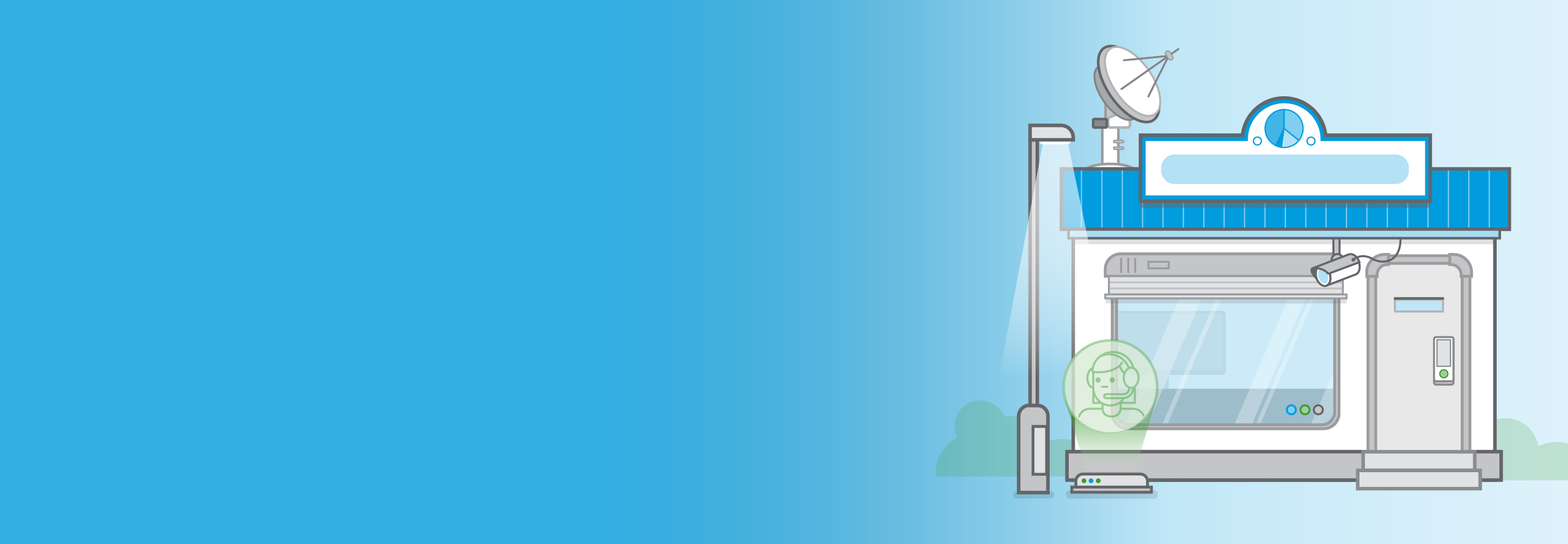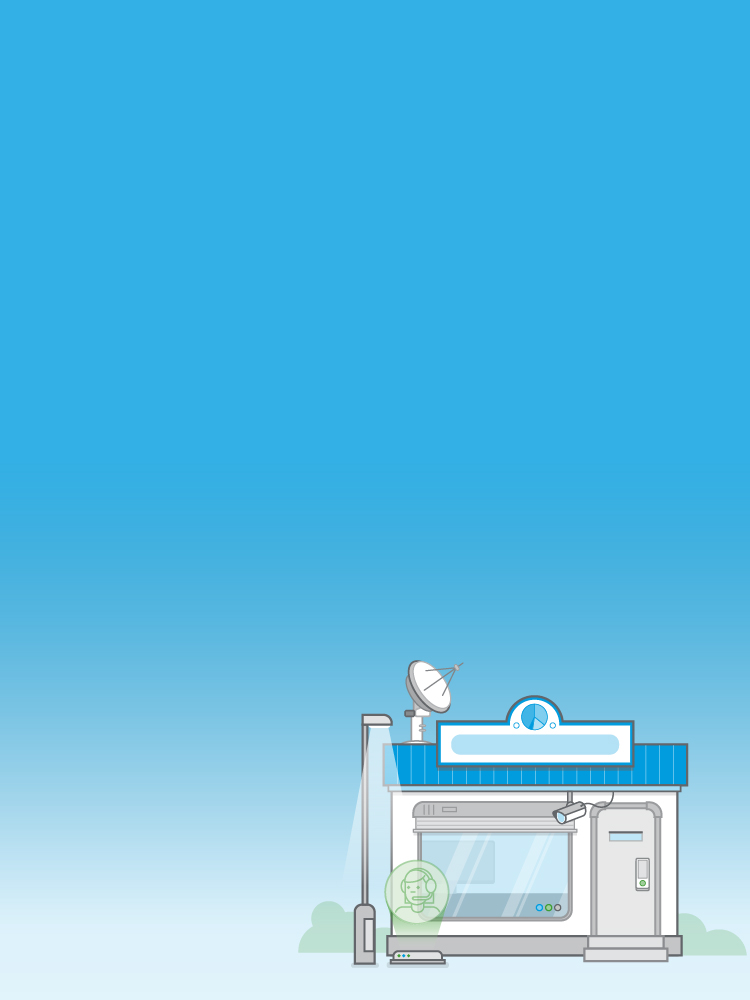11 January 2022
What’s in store? – our recent analysis of the retail sector – identified that the ethical buyer was one of the top consumer trends for retailers.
Our survey of 1,000 UK consumers found that buying from an environmentally friendly business was important to 67 per cent of online shoppers, and green packaging was important to 66 per cent. Half of the 250 retailers we surveyed thought that green packaging was one of the most important social and environmental issues.
However, taking action to reduce environmental impact was a priority for only 27 per cent of retailers.
The UK Government’s introduction of a new Plastic Packaging Tax (PPT) on 1 April 2022 will undoubtedly push environmental issues to the top of the retail agenda.
The PPT aims to help combat the environmental impact of single use plastic and encourage greater use of recycled plastics. With plastic packaging being so prevalent in retail, and an increasing consumer focus on green credentials, businesses will need to consider their position both strategically and from a compliance management perspective.
How does PPT work?
PPT will be payable on certain types of plastic packaging that is either:
- Manufactured in the UK; or
- Imported into the UK – whether on its own or because other goods purchased are in such packaging.
It is this second criteria that will capture many retailers. For example, if a retailer purchases 500 bottles of fizzy drinks from an overseas supplier, packaged in trays of 20 and transported as a single shipment, then the packaging that will need to be assessed (whether or not it is ultimately liable to PPT), includes:
- The bottle the fizzy drink is in – the sales packaging;
- The tray that holds the 20 bottles – grouped packaging; and
- Any pallet wrap or similar material used to transport the trays – transport/tertiary packaging.
- Most businesses will not hold basic information about packaging in its purchasing or finance systems.
For the purposes of PPT, ‘plastic packaging’ is defined as packaging that contains more plastic, by weight, than any other substance, and is designed for the containment, protection, handling, delivery or presentation of goods. This is regardless of whether the packaging is filled on unfilled.
PPT is payable by the manufacturer or importer and will apply at a rate of £200 per metric tonne, where more than 10 tonnes of qualifying plastic packaging is used. Even if a manufacturer or importer finds that PPT is not payable, all organisations importing or manufacturing plastic packaging must comply with the record keeping requirements. It is therefore critical for all those involved in supply chains that use plastic packaging to consider their compliance requirements in advance.
It is clear from the rates that this is not expected to be a significant revenue generating opportunity for the Exchequer. Instead, the aim is to change behaviour. So while many businesses may initially fall outside the parameters, it would not be a surprise to see the 10 tonne limit reduce or the 30 per cent recycled plastic requirement increase over time.
Which issues affect retailers?
PPT is not as simple as it appears, and retailers will have to deal with the following issues as they try to manage the implementation of PPT:
1. Data collection requirements
Every single item of plastic packaging used to package goods imported into the UK will have to be identified, so retailers are likely to be disproportionately affected due to the volume and variety of products they bring into the UK. The weight and plastic composition of each of the types of packaging noted above will need to be recorded.
Businesses will need to ensure that their current systems are sufficient to record the necessary data and that suitable processes are in place to collect the relevant information, audit it and identify changes in the supply chain.
2. Understanding the exemptions and exclusions
There are several exemptions from PPT and exclusions from the definition of plastic packaging, so it’s crucial that businesses understand these to avoid overpaying PPT. Conversely, the application of any exemptions will need to withstand scrutiny from HMRC.
Examples include:
- Certain tertiary/travel packing used on import may be exempt – this can be complex as it doesn’t apply to sales or grouped packaging, only to certain transport/tertiary packaging;
- Certain medicinal products packaging may be exempt;
- Packaging designed for long-term storage of the goods it contains (eg toolboxes, board game boxes, earphone cases) may be excluded;
- Packaging that forms an integral part of the goods (eg inhalers, lighters or printer cartridges) may be excluded; and
- Packaging designed to be re-used for presentation purposes (eg display shelves or shop fittings) may be excluded.
3. Understanding who is responsible for paying the tax
Where plastic packaging is purchased inside the UK, the business liable to pay the tax is the one that finishes the packaging component by making the last substantial modification to it. HMRC has detailed a number of processes it considers to be ‘substantial modifications’, printing being perhaps the most surprising.
To ensure that PPT is paid only once, businesses modifying packaging, or having third parties modifying their packaging, will need to assess which party is responsible for paying it.
How to prepare
Retailers should ensure that they understand:
- the plastic packaging used by the business, and that they hold the information needed to determine the weight and material composition; and
- the PPT (if any) due and meet the record keeping requirements. This may involve an assessment of systems, products and liaison with suppliers.
For more information, or to discuss a review of your business’s PPT position, please get in touch with Richard Holm or your usual RSM contact.





